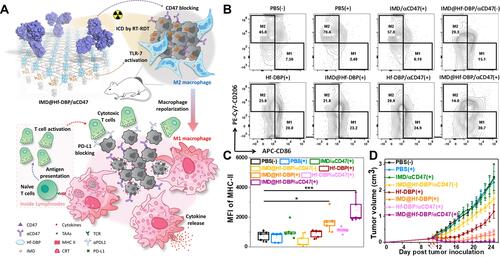Figures & data
Figure 1 Molecular mechanism of PDT. With the light irradiation, PS is activated from the ground singlet state S0 to the exited singlet state S1. By intersystem crossing, they are converted to the excited triplet state T1. Afterwards, electron transfer from T1 to biological substrates (type I reaction), or energy transfer to molecular oxygen (type ІІ reaction) that leads to a burst of ROS production.
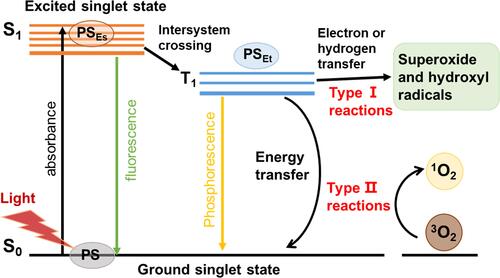
Figure 2 The process of PDT-triggered antitumor T cell responses via immunogenic cell death and the rational strategies to improve antitumor immune responses. PDT killed cells can release cytokines, which stimulate DCs’ maturation. Mature DCs spontaneously migrate to lymph nodes and present antigens to T cells. After antigen-presenting, effector T cells efficiently migrate to tumor sites and kill cells. The rational strategies of promoting PDT-triggered antitumor immunity include combined PDT with ICD-boosted therapies, decrease immunoregulatory suppression with ITM relief, and increase tumor immunogenicity.
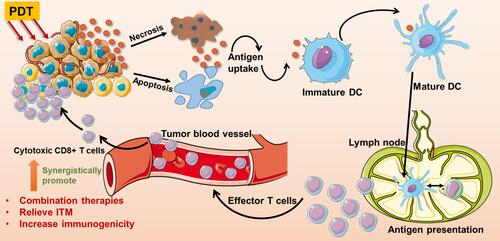
Figure 3 An overview of cancer treatment using the combination of phototherapy and Schematic depiction of the combined therapy of immunotherapy and phototherapy.
Note: Reproduced from Wang M, Rao J, Wang M, et al. Cancer photo-immunotherapy: from bench to bedside. Theranostics. 2021;11(5):2218–2231. doi:10.7150/thno.53056.Citation51
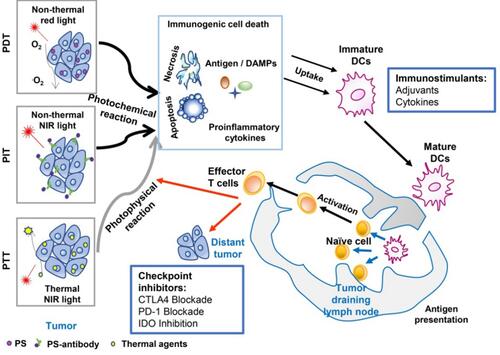
Table 1 Preclinical Studies of Nanomaterials-Based PDT Combined with ICB
Figure 4 The anti-metastatic efficacy of porphyrin-phospholipid combined with the IDO inhibitor. (A) Schematic illustration of the preparation of functional liposomes and the mechanism of ICD pathway. (B) Antitumor mechanism of combining PDT with the IDO inhibitor in vivo. (C) Tumor growth was detected by the IVIS imaging system. (D and E) The progress of lung metastasis was observed by the IVIS imaging system. (F) The analysis of lung metastatic nodules’ numbers. **P < 0.01, compared with PBS and IND@RAL without irradiation groups; ***P < 0.001, compared with PBS and IND@RAL without irradiation groups. (G) H&E stained images of lungs. Scale bar = 100 μm.
Note: Reprinted with permission from Liu D, Chen B, Mo Y, et al. Redox-Activated Porphyrin-Based Liposome Remote-Loaded with Indoleamine 2,3-Dioxygenase (IDO) Inhibitor for Synergistic Photoimmunotherapy through Induction of Immunogenic Cell Death and Blockage of IDO Pathway. Nano Lett. 2019;19(10):6964–6976. doi:10.1021/acs.nanolett.9b02306. Copyright 2019 American Chemical Society.Citation85

Figure 5 Different PD-L1/PD-1 blockade strategy combined with PDT to better cure cancer. (A) Schematic description of NPs fabricated by the electronic interaction of AD-SS-JQ1, HA-CD, and AD-SS-PPa. (B) The expected mechanism of NPs triggered a combination of PDT with immunotherapy for pancreatic cancers. Reproduced from Sun F, Zhu Q, Li T, et al. Regulating Glucose Metabolism with Prodrug Nanoparticles for Promoting Photoimmunotherapy of Pancreatic Cancer. Adv Sci. 2021;8(4):2002746. doi:10.1002/advs.202002746.Citation96 (C) Schematic illustration of the preparation of IR775@Met@Lip and the mechanism of enhanced photodynamic immunotherapy mediated by reversing hypoxia and decreasing PD-L1 expression in vivo. Reprinted with permission from Xiong W, Qi L, Jiang N, et al. Metformin Liposome-Mediated PD-L1 Downregulation for Amplifying the Photodynamic Immunotherapy Efficacy. ACS Appl Mater Interfaces. 2021;13(7):8026–8041. doi:10.1021/acsami.0c21743. Copyright 2021 American Chemical Society.Citation97
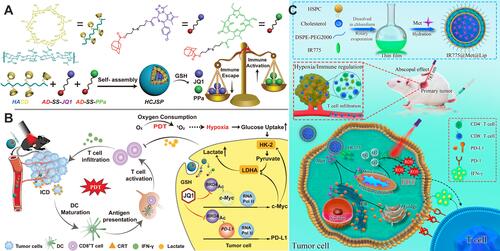
Figure 6 Illustration of IMD@Hf-DBP/αCD47 plus radiotherapy and PDT. (A) The design of RT-PDT induced ICD combined with the immunoadjuvant and ICB to systemically eradicate tumors. (B) Flow cytometry analysis of mature DCs. (C) Fluorescence intensity of MHC-II. *P < 0.05, and ***P < 0.005 from control. (D) Tumor growth curves with various treatments in CT26-bearing murine model. Black and red arrows refer to intratumoral injection and X-ray irradiation, respectively.
Note: Reprinted with permission from Ni K, Luo T, Culbert A, Kaufmann M, Jiang X, Lin W. Nanoscale Metal-Organic Framework Co-delivers TLR-7 Agonists and Anti-CD47 Antibodies to Modulate Macrophages and Orchestrate Cancer Immunotherapy. J Am Chem Soc. 2020;142(29):12579–12584. doi:10.1021/jacs.0c05039. Copyright 2020 American Chemical Society.Citation117
